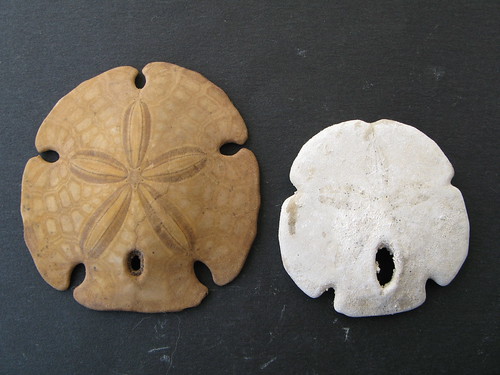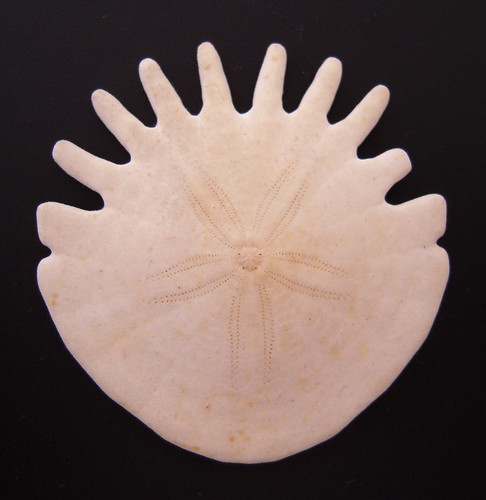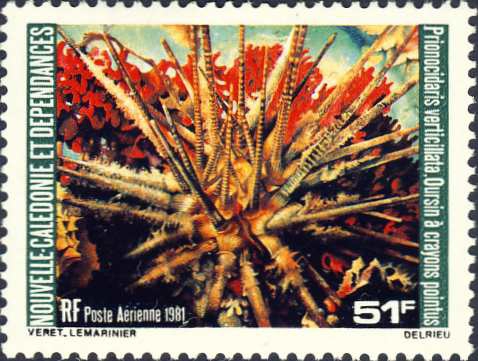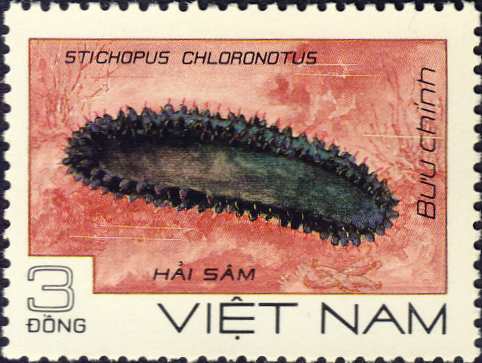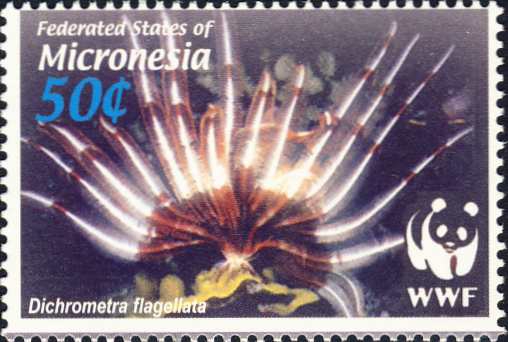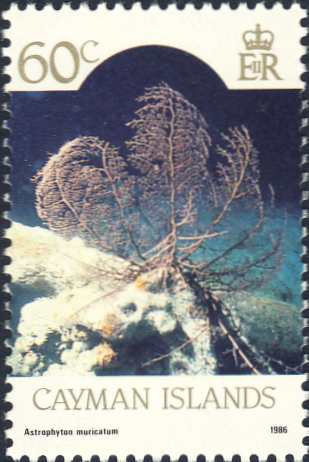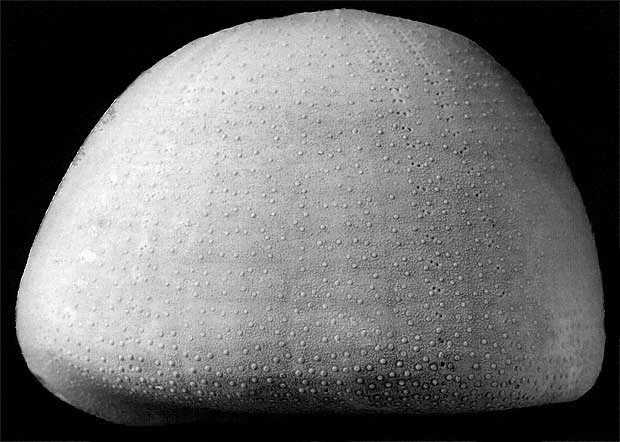 So, when last we left the Echinoblog......
So, when last we left the Echinoblog......We looked at Sand Dollars (highly specialized sea urchins in the order Clypeasteroida) with lunules (i.e., the holes or notches in their body) and how those lunules were used as mechanisms to prevent sand dollars from being picked up and washed/"blown" away by the water currents around them.
But if you don't have lunules, then how do you cope?
Answer: Get a WEIGHT BELT!
 This part of the story begins in 1973 (I would have only been 3 years old at the time!) with a paper in Science by famous echinoderm biologist Fu-Shiang Chia which is most simply summarized by their abstract:
This part of the story begins in 1973 (I would have only been 3 years old at the time!) with a paper in Science by famous echinoderm biologist Fu-Shiang Chia which is most simply summarized by their abstract:Juvenile sand dollars (Dendraster excentricus) selectively ingest heavy sand grains from the substrate and store them in an intestinal diverticulum which may function as a weight belt, assisting the young animal to remain in the shifting sandy environment. The sand disappears from the diverticulum when the animal reaches the length of 30 millimeters.That's pretty much as simply amazing as it sounds (Plus, how often do sand dollar papers make it into Science?).
Several of these "un-lunuled" sand dollars apparently have a very specialized intestine which has a bunch of tubes and pouches in the peripheral part of the animal's body.
In, at least some species, this part of the intestine is filled with selectively heavier sand grains!
 (Dendraster excentricus from SFSU biblio page)
(Dendraster excentricus from SFSU biblio page) (Image from Geology.com)
(Image from Geology.com)
However, Chia's study focused on juveniles and it wasn't clear what the ramifications were for OTHER sand dollars or for that matter for adult Dendraster!
Weight Belts & the Evolution of Sand Dollars!
 In 1996, a neat paper by Rich Mooi and Chang-Po Chen was published in the Bulletin of Marine Science which surveyed weight belts across the many different types of sand dollars.
In 1996, a neat paper by Rich Mooi and Chang-Po Chen was published in the Bulletin of Marine Science which surveyed weight belts across the many different types of sand dollars.How many sand dollar taxa have a "weight belt"?
Was having a weight belt more of an incidental evolutionary response?
Or were these actually a broad phylogenetic character event? or Something that evolved across a whole GROUP of sand dollars?
It turns out that a WHOLE bunch of sand dollars have weight belts! The black in the figure above shows where sand-filled weight belts were present. Incidentally, it turns out that SOME sand dollars with lunules DO have weight belts (although they seem more weakly developed to me...)

Also, as it turns out, weight belts are a unique feature (i.e., a synapomorphy) of a major clade (i.e., evolutionary group) of sand dollars called the Scutellina, which includes not only 'un-lunuled" but also the "lunuled" sand dollars.
As it turns out, the weight belt is strongly expressed in juveniles of both types of lunuled and "non-lunuled" taxa..So it seems that weight belts start out as a mechanism for keeping baby sand dollars from getting 'washed away'...
Unfortunately, there was is not yet data for a clear cut conclusion of how much weight belts compensate for resisting hydrodynamic forces in "non-lunuled" sand dollars vs. "lunuled" forms
but expression of weight belts IS an important factor in different species.
For example, in Dendraster , the shallow-water species, D. excentricus, which lives in high-energy environments retains its weight belt at GREATER sizes then does D. laevis, a deeper-water form that would presumably not be as vulnerable to high-energy currents.
So, two things help keep sand dollars stabilized where they live
- lunules that essentially break up the hydrodynamic flow and
- weight belts that keep the body forms stabilized and "weighted" down on the sandy bottom.








